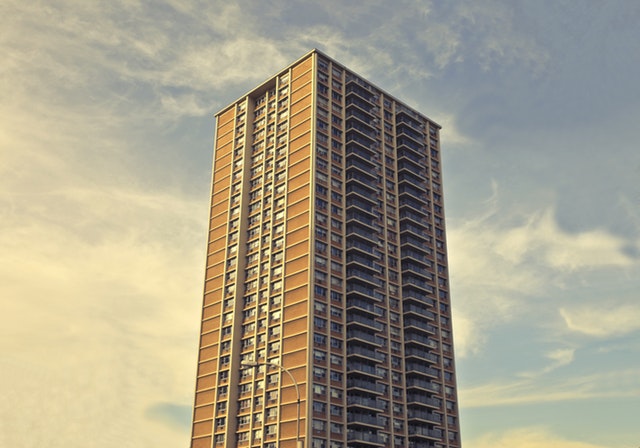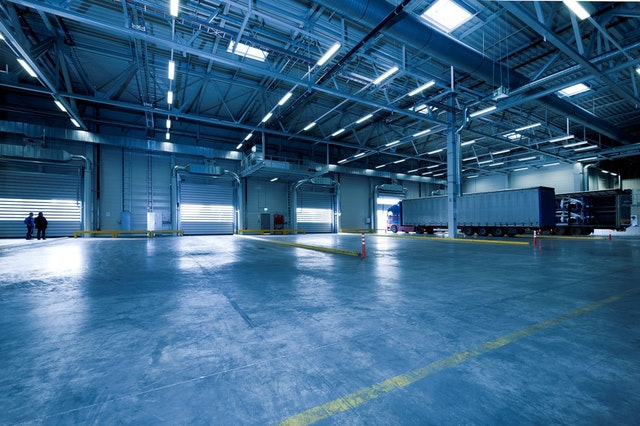The pandemic has distorted the availability of housing
In the second quarter of this year, the value of the housing affordability index improved in all Baltic capitals. But this time, especially if we think about the possibilities of households to afford newly built apartments, the index shows a deceptively encouraging picture, according to Swedbank’s Baltic Housing Affordability Index (MPI).
From the perspective of household income, the increase in average wages is likely to be somewhat overestimated due to the structural changes caused by the pandemic. On the other hand, in terms of housing prices, an increase has recently been observed in the reservation prices of newly built apartments, which will appear in the statistical data only with a delay. Therefore, at least for those who desire a newly built apartment, the dream of a home will most likely become less accessible in the near future due to rising prices. MPI reflects the ability of households to afford to buy an apartment with the help of a mortgage loan. Taking into account the most current interest rates and housing prices, the monthly payments allocated to debt obligations are calculated and contrasted with the development of the average net salary. In Tallinn and Vilnius in the second quarter, the increase in the average house price exceeded the increase in wages, but this was offset by the fall in interest rates, ensuring an increase in housing affordability. Meanwhile, in Riga, the growth rate of the average income was faster than the growth of the average price. The rise in the affordability index was also supported by the decline in interest rates. The average house price in Riga increased by 6.3% in the second quarter – it was driven by the price increase in Soviet-era apartments, which reached double digits. On the other hand, the prices registered in new projects show a relatively small increase (+2.5%). Considering the widely discussed supply problems and the rapid increase in raw material prices and construction costs, this figure may seem surprisingly small. This is because statistics, unfortunately, cannot “catch” the change in the market situation so quickly, comments Swedbank economist Laura Orleāne. When thinking about newly built apartments, it should be remembered that the transaction prices registered in the statistics today reflect transactions made previously – perhaps even more than a year ago – with apartments that have now been put into operation. Therefore, the prices observed in the statistics, especially at times when there are rapid price fluctuations in the market, do not always fully reflect the current prices for which it is possible to make reservations for apartments in newly built projects. We can conclude that in the near future, as statistics “catch up” with reality, a faster increase in the average registered apartment price level is also expected, reducing the estimated availability of housing, predicts L. Orleāne. The second factor that has distorted housing affordability during the pandemic is wages. As at the beginning of this year, the sharp increase in wages recorded in the second quarter (+10.3%) is partly the result of changes in the labor market driven by the pandemic. Structural changes, as the proportion of better-paid employees increased during the pandemic, contributed to faster wage growth in statistics. An important contribution was also to the increase of the minimum wage, to the increase of the remuneration of doctors and education workers.
Read the full article here










